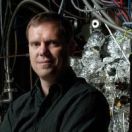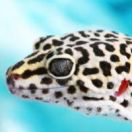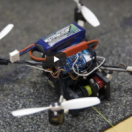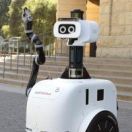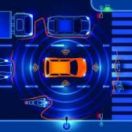SystemX Alliance News
Fri, 11/09/2018
A new thermal transistor could help conduct heat away from delicate electronic components and also insulate them against chip and circuit failure.
Wed, 10/31/2018
Minuscule nanostraws could help solve the problem of how to deliver precise doses of molecules directly into many cells at once.
Mon, 10/29/2018
By structuring nanowires in a way that mimics geckos’ ears, researchers have found a way to record the incoming angle of light. This technology could have applications in robotic vision, photography and augmented reality.
Wed, 10/24/2018
Small flying robots can perch and move objects 40 times their weight with the help of powerful winches and two previous inventions – gecko adhesives and microspines.
Mon, 10/22/2018
Shan Wang, Professor of Materials Science and Engineering and Electrical Engineering, has been appointed the fifth holder of the Leland T. Edwards Professorship.
Wed, 10/17/2018
Stanford researchers found that people who underwent a virtual reality experience, called “Becoming Homeless,” were more empathetic toward the homeless and more likely to sign a petition in support of affordable housing than other study participants.
Thu, 09/20/2018
A new smartphone app and lab kit, from UCSB researcher Michael Mahan's and Stanford’s Tom Soh’s teams, can identify urinary tract infections (UTI) in an hour, with remarkable detail.
Tue, 09/18/2018
Like its predecessor, JackRabbot 2 is learning how to navigate safely through spaces occupied by people, following the rules of human etiquette. What it learns could help it move comfortably among us in the future.
Fri, 08/17/2018
Stanford engineers combine two types of computers to create a faster and less energy-intensive image processor for use in autonomous vehicles, security cameras and medical devices.
Fri, 08/10/2018
The award recognizes high-quality research and positive impacts on diversity. Senesky received the award for her innovative research into “tiny-but-tough” electronic devices.



